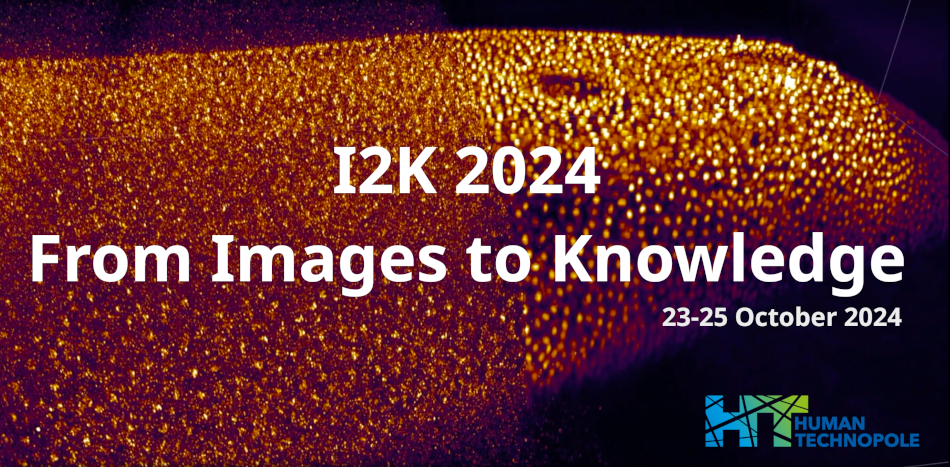Speaker
Description
The past 10 years have seen an explosion of algorithms, especially deep learning algorithms, which can make bioimage analysis for specific problems vastly more straightforward. Unfortunately, the median computational comfort for biologists is not always high enough to enable them to install deep learning tools successfully, and the vast majority are not comfortable working at the terminal or with command line tools. While user friendly tools such as DeepImageJ, ZeroCostDLForMic, BiaPy and CellProfiler can assist with making these algorithms more user friendly, there is to our knowledge no standard for describing what are the input and output structures for a given image analysis algorithm, and many require extremely complex post-processing beyond the algorithm stored in places like the Bioimage Model Zoo. Algorithm developers may not have time to design a complex user interface to make their tool or algorithm user friendly, meaning many helpful tools never reach the end user who could benefit from them most. We have therefore launched Bilayers, a specification designed to characterize software containers in terms of expected inputs, expected outputs, and tunable parameters. Any container described in a Bilayers configuration file can then use the Bilayers CI/CD platform to programmatically generate versions of the containers which have user-friendly, no-terminal-required interfaces, starting with Gradio and Jupyter but with plans to expand to other user interfaces, including CellProfiler plugins. Since end-users are using a container which can also be deployed to an HPC or to the cloud, there is no danger of version drift between the prototype used by a biologist and the large-scale workflow run at scale, and we believe such a specification will also aid sysadmins create and validate workflows created for end users in tools such as Nextflow or Snakemake. We will demonstrate existing use cases, as well as our configuration specification, with hopes for community feedback and contributions.
| Authors | Rajavi Shah, Nodar Gogoberdize, and Beth Cimini*, Broad Institute |
|---|---|
| Keywords | Docker, Jupyter, Gradio, CI/CD, interface, specficiation |

